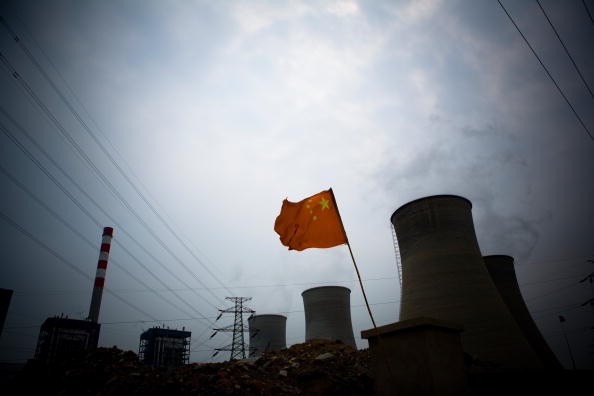As China's northern cities are trying to warm up in the cold weather using coal and endure the smog and heavily polluted air, the problem of the country's energy gap is becoming more evident.
An article published by Bloomberg said that China's energy gap is one of the main reasons why the country's northern cities are using coal to fight off the freezing temperature.
According to a 2013 study, areas north of Shanghai which previously received heating subsidies and traditionally used coals have 55 percent higher concentrations of particulates than in areas to the south.
China may be pushing to raise its capacity in generating new renewable energy but the effects of these efforts may not be felt during winter, the report said.
Although allowing the northern cities to get power from the country's electricity grid and from the wind, hydro and solar installation in the western area may alleviate the situation, it could not prevent the smog.
And still during the coldest months, the supply of renewable electricity is not sufficient, in terms of total generation. In the last quarter of the year, the renewable's share of the country's electricity mix can drop as much as 10 percent.
According to the report, the gap in the country's energy mix is nuclear power, which may be more expensive than renewable energy but one that is not dependent on the weather.
The report added that nuclear power is the best way for China to reduce coal use by three-quarters of the electricity mix. The country can use a bigger share of nuclear power to dispense with coal generation all year-round, it said.
China has 2.4 percent of nuclear generation among major energy consumer, with Japan having a smaller share, but it was 10 percent before theFukushima Daiichi accident in 2011.
But contrary to this trend, the World Nuclear Association said that about 35 nuclear plants are operating in China, with 21 more are under construction and additional more are being planned.
In 2015, the country's generating capacity reached 20 gigawatts and the same amount should be added by 2020.
However, the figure was lower than what was planned before Fukushima, the report said. Before the disaster, China's was aiming for 70 gigawatts to 80 gigawatts, but now its 2020 target was below at 58 gigawatts of nuclear capacity. By 2050, it expects to generate some 210 gigawatts or 47 percent lower.
Although China's decision to withdraw building some nuclear installations may be good, considering its safety, it may also help to think of the future when it must use a larger amount of coal in its winter heating mix and the smog it may cause.



























